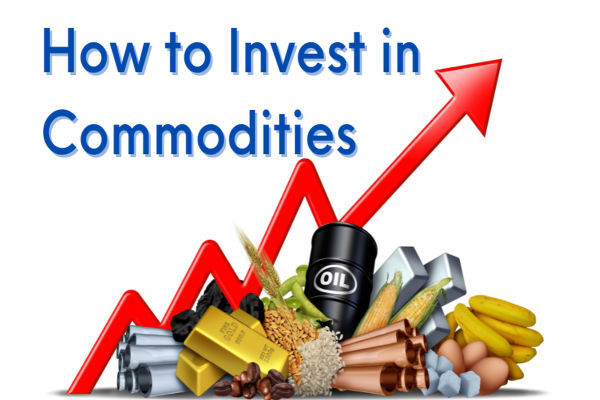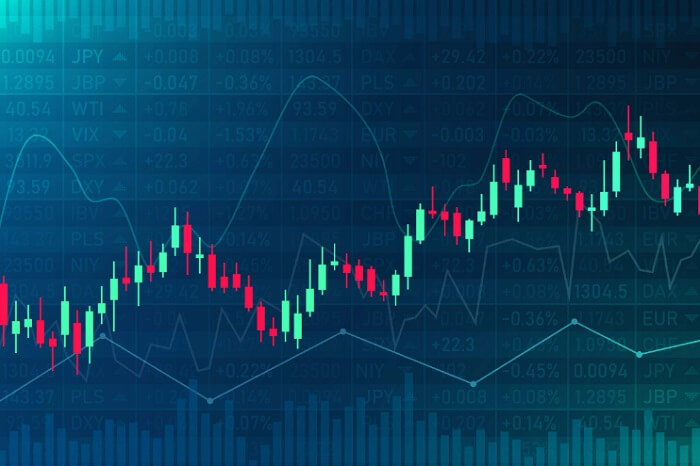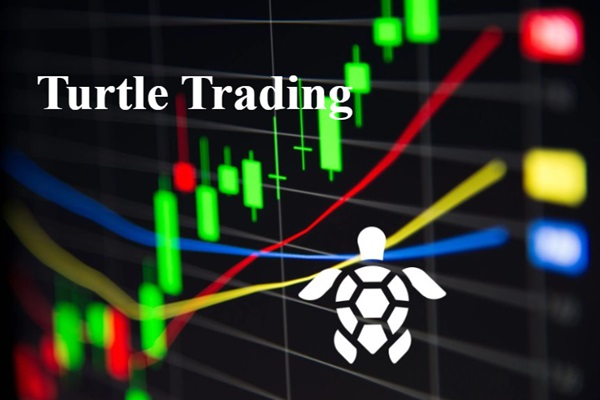Oil is one of the most actively traded commodities in the world, playing a crucial role in the global economy. It influences inflation, geopolitical stability, and market trends across industries. While oil trading can be highly lucrative, it comes with unique challenges and risks.
For beginners, understanding the fundamentals of how to trade oil, the crude oil market, price drivers, and trading strategies is essential for success.
Understanding the Oil Market
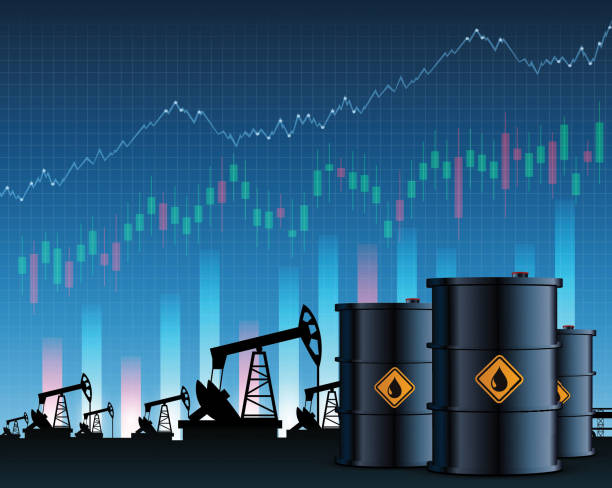
Crude oil is a globally traded commodity extracted from the earth and refined into various petroleum products such as gasoline, diesel, and jet fuel. The oil market operates through a vast network of producers, refiners, traders, and consumers. West Texas Intermediate (WTI) and Brent Crude are the most commonly traded crude oil benchmarks.
WTI is primarily sourced from the United States and sets the North American oil prices. It is known for its high quality, as it is light and sweet, making it easier to refine. On the other hand, Brent Crude is sourced from the North Sea and serves as the global benchmark for oil prices. It is slightly heavier than WTI but remains a preferred standard for international trading.
Note that oil is bought and sold in the spot market, where immediate delivery occurs, and in the futures market, where contracts are settled at a later date. Most retail traders focus on futures, options, contracts for difference (CFDs), and exchange-traded funds (ETFs) to gain exposure to crude oil price movements without dealing with physical delivery.
Key Factors That Influence Oil Prices
Understanding how the oil market operates and what drives its prices is crucial before engaging in oil trading. Firstly, several fundamental and technical factors influenced oil prices. For example, supply and demand dynamics play a significant role, with major oil-producing nations such as the United States, saudi arabia, and Russia affecting global output levels. The Organisation of the Petroleum Exporting Countries (OPEC) and its allies, known as OPEC+, often adjust production quotas to stabilise oil prices.
Geopolitical tensions, such as conflicts in the Middle East, sanctions on oil-exporting countries, and trade disputes, can create supply disruptions, leading to price spikes. Economic indicators, including GDP growth, inflation rates, and employment data, influence oil demand. When economies expand, industrial production and transportation increase, raising oil consumption. Conversely, economic downturns reduce demand, putting downward pressure on prices.
Inventory levels reported by agencies like the U.S. Energy Information Administration (EIA) and the American Petroleum Institute (API) provide insights into supply conditions. A higher-than-expected inventory buildup can indicate weak demand, pushing prices lower while declining inventories suggest tightening supply and boosting prices. Currency fluctuations also impact oil prices, as crude oil is priced in U.S. dollars. A weaker dollar makes oil cheaper for foreign buyers, increasing demand, while a stronger dollar reduces demand.
Speculation by hedge funds and institutional investors adds another layer of price volatility. Thus, traders use technical indicators such as moving averages, Relative Strength Index (RSI), and Bollinger Bands to analyse price trends and identify potential entry and exit points.
Different Ways on How to Trade Oil
Oil trading common methods include futures contracts, options, exchange-traded funds (ETFs), and contracts for difference (CFDs).
Futures contracts are agreements to buy or sell oil at a predetermined price on a future date. These contracts are traded on exchanges such as the New York Mercantile Exchange (NYMEX) and the Intercontinental Exchange (ICE). Futures trading is highly speculative and requires margin accounts, making it more suitable for experienced traders.
Options trading allows traders to buy the right, but not the obligation, to purchase or sell oil at a specific price before the contract expires. Options provide flexibility and limited risk, as traders can choose not to exercise the contract if market conditions are unfavourable.
ETFs provide an easier way to trade oil by tracking the performance of oil prices or a basket of oil-related assets. They are traded like stocks on major exchanges, making them accessible to retail investors. Popular oil ETFs include the United States Oil Fund (USO) and the SPDR S&P Oil & Gas Exploration & Production ETF (XOP).
CFDs allow traders to speculate on oil price movements without owning the physical commodity. They offer leverage, enabling traders to amplify their positions, but they also carry higher risks due to potential margin calls and price volatility.
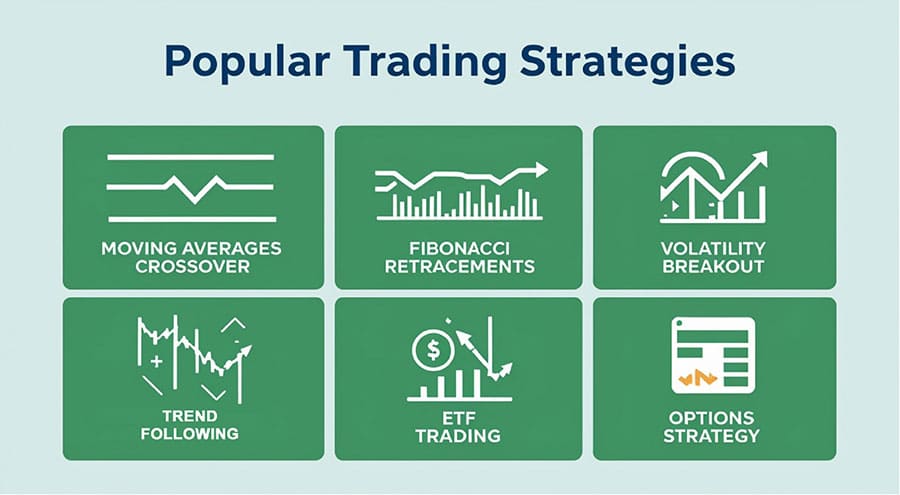
Successful oil trading requires a well-defined strategy that aligns with market conditions and risk tolerance. One of the most common strategies is trend trading, which involves identifying and following market trends based on technical indicators such as moving averages and momentum oscillators. Traders buy when prices are trending upward and sell when trends reverse.
Range trading is another popular strategy, as beginners can capitalise on price fluctuations within a defined range. They buy at support levels and sell at resistance levels, profiting from price movements within the range. This strategy works best in stable markets with low volatility.
News-based trading relies on market reactions to economic reports, geopolitical events, and OPEC announcements. Traders closely monitor news sources to anticipate price movements and execute trades accordingly. This approach requires quick decision-making and a deep understanding of market sentiment.
Another widely used method is fundamental analysis, which involves evaluating supply and demand factors, economic indicators, and geopolitical developments to predict future price movements.
The Role of Technology in Oil Trading
Moreover, technology has transformed oil trading, providing retail traders with advanced tools for market analysis and execution. Online trading platforms offer real-time price data, technical indicators, and Automated Trading features. Algorithmic trading strategies use pre-programmed rules to execute trades based on market conditions, reducing human error and emotional biases.
Mobile trading apps allow traders to monitor markets and execute trades immediately. Artificial intelligence and machine learning algorithms analyse historical price patterns, helping traders identify profitable opportunities. Social trading platforms enable less experienced traders to follow and copy successful traders, gaining insights from professionals.
Data analytics and sentiment analysis tools also help market trends by analysing news articles, social media activity, and economic indicators. These tools help traders anticipate price movements and adjust their strategies accordingly.
Common Mistakes to Avoid
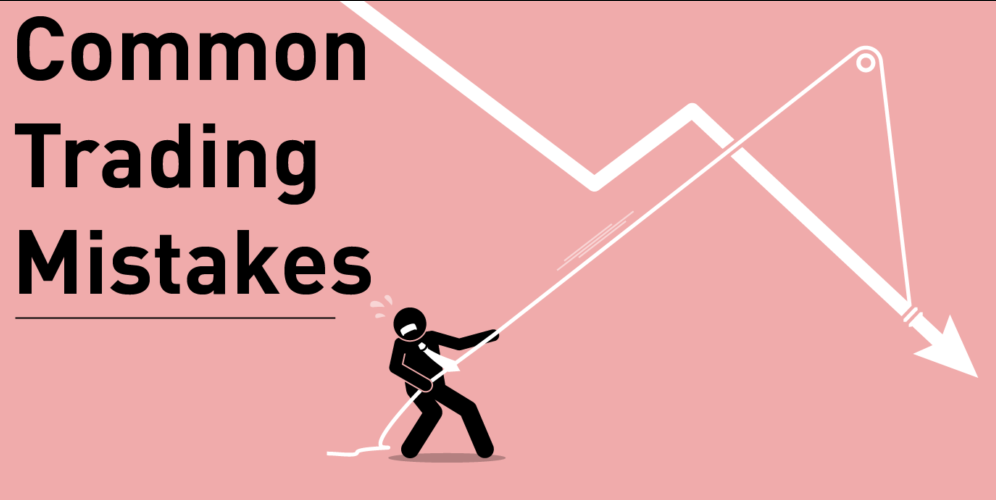
Beginners often make common mistakes that can lead to losses in oil trading. One of the most frequent errors is trading without a clear strategy. Many traders enter the market based on emotions or speculation rather than a structured approach, leading to inconsistent results.
Another common mistake is ignoring risk management, as beginner traders who fail to set stop-loss orders or use excessive leverage risk losing large portions of their capital. Proper risk management techniques are essential for long-term success.
Overtrading is also a common pitfall. Some traders place too many trades, increasing transaction costs and exposure to market volatility. It is crucial to focus on high-quality trades rather than excessive trading activity.
Failing to stay informed about market trends can also lead to poor trading decisions, as global events heavily influence oil prices. Traders who do not keep up with news and economic reports may miss key opportunities or be caught off guard by sudden price movements.
Conclusion
In conclusion, trading oil can be an exciting and potentially profitable venture, but it requires a solid understanding of how to trade oil, market fundamentals, price drivers, and trading strategies.
For beginners, starting with a demo account and gradually transitioning to live trading helps build confidence and experience. Continuous learning, staying informed about global events, and adapting to changing market conditions are essential for finding consistent opportunities in the crude markets.
Disclaimer: This material is for general information purposes only and is not intended as (and should not be considered to be) financial, investment or other advice on which reliance should be placed. No opinion given in the material constitutes a recommendation by EBC or the author that any particular investment, security, transaction or investment strategy is suitable for any specific person.










